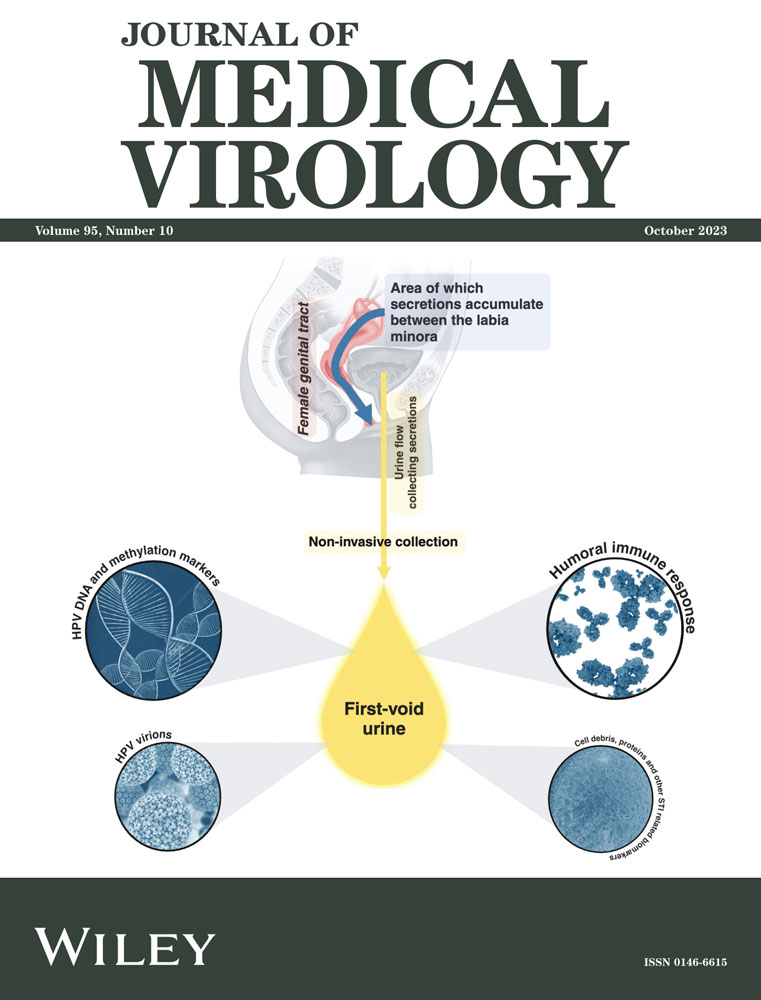Response to the Letter to the Editor on “Bacterial and fungal superinfections are detected at higher frequency in critically ill patients affected by SARS-CoV-2 infection than negative patients and are associated to a worse outcome”
We appreciate the great interest demonstrated by Dr Abbasi for our work.1, 2 Our study was specifically focused on superinfections among critically ill adult patients admitted to intensive care unit (ICUs) for severe/critical COVID-19 disease excluding pediatric patients. However, COVID-19 in young populations is often associated with asymptomatic or mild infection, and a more favorable outcome compared with adult populations.3, 4 Furthermore, it was reported that globally less than 2% of pediatric patients affected by SARS-CoV-2 infection had severe disease, and need respiratory support or admission to the ICU.3, 5
We agree that the retrospective design is a study limitation along with those already reported in the discussion; yet, we have underlined the need for future studies on the etiology and prevalence of superinfections in COVID-19 patients requiring ICU admission. The sample size analyzed in our study (713 critically ill patients from ICUs) was higher than those reported in the literature.6-10
As we have reported in our discussion, the blood detection of the mostly isolated bacteria (coagulase-negative staphylococci) was mainly related to catheter-associated infections (45/64, 70.3%), and all the patients admitted to the ICU for severe ARDS had a central venous catheter inserted.
In all our ICU patients, we have adopted the strategy of performing a systematic screening of rectal and nasal colonization for Carbapenem-Resistant Enterobacteriaceae (CRE). This active surveillance allowed the implementation of infection control measures for the prevention of CRE transmission and spread, and to manage appropriately colonized patients with targeted antibiotic therapy. Indeed, in our cohort, rectal CRE colonization was 0.56%. As explained in the introduction, we focused specifically on respiratory and bloodstream superinfections because they have a higher incidence in critically ill COVID-19 patients.
All patients admitted to the ICU for a COVID-19-associated ARDS were treated with corticosteroids11 and, in the most severe cases, a single or double dose of Tocilizumab was administered according to the recovery trial.12 The lung disease reported in Table 3 refers to the baseline patients' pulmonary comorbidities incidence, and not to the COVID-19-associated ARDS. Most of the patients admitted to the study had severe ARDS, and the patients who did not fulfill the Berlin definition of ARDS had severe hypoxemia and fulfilled the more recent global definition of ARDS.13
We agree with the definitions of coinfection and superinfection mentioned by Dr. Abbasi, and they are the same as described in detail in our discussion. However, our results show that the first bacterial respiratory superinfections occurred after a median of 7 days (IQR: 4−10) from ICU admission, and bacterial blood infections were detected after a median of 9 days (IQR: 5−17) from ICU admission. In addition, fungal infections were detected after a median of 7 days (IQR: 4−11), and fungemia was detected after a median of 11 days (IQR: 5−18.5) from ICU admission.
AUTHOR CONTRIBUTIONS
Maria Antonia De Francesco conceived and designed the letter. Maria Antonia De Francesco wrote the first draft of the manuscript. Simone Piva wrote the first draft of the manuscript and participated in manuscript revision. Silvia Corbellini, Giorgio Piccinelli, Francesca Simonetti, Valentina Carta, Lucia Mangeri, Michela Padovani, Simone Pellizzeri, Daniela Vecchiati, Nicola Latronico, Liana Signorini, Benedetta Fumarola, Francesco Castelli, and Arnaldo Caruso participated in manuscript revision. All the authors approved manuscript submission.
CONFLICT OF INTEREST STATEMENT
The authors declare no conflict of interest.
Open Research
DATA AVAILABILITY STATEMENT
The data that support the findings of this study are available from the corresponding authors upon reasonable request.




